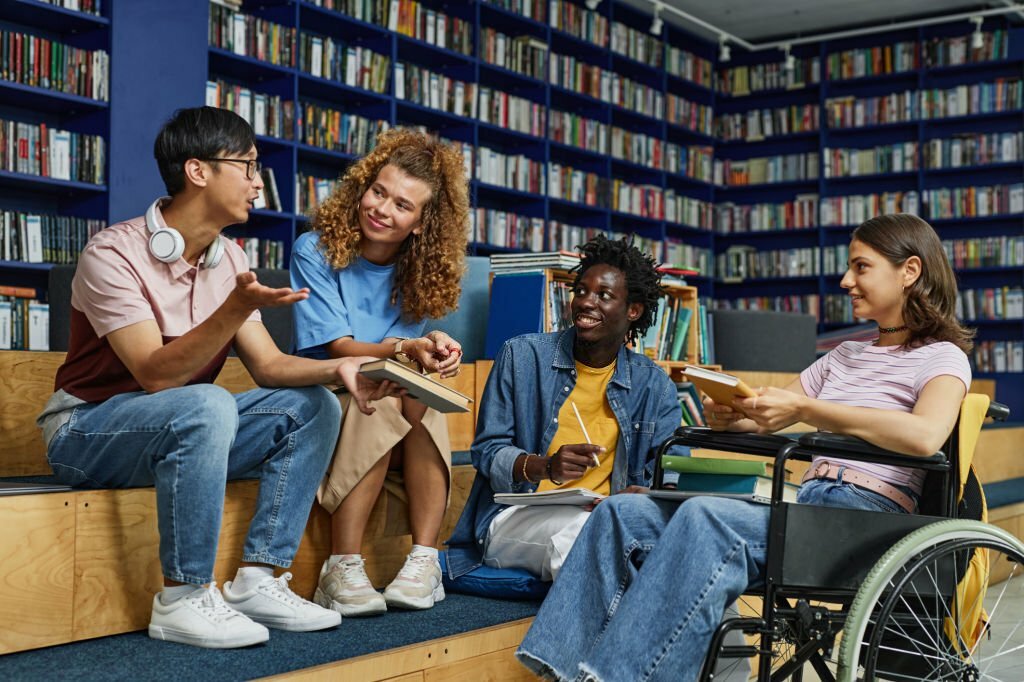The Interplay between Education and Community Participation
October 12, 2023
Do you ever wonder about the influences that shape the nature of our communities and our lives within them? Have you ever stopped to consider the profound impact that education and community involvement has not only on individuals but also on the very society they inhabit? If these questions intrigue you, today's deep dive into the dynamic interplay between education and community participation is just what you need.
Our exploration won't stop at just outlining the connections and interactions between these two forces. Instead, we'll delve into the intricate dance that education and community participation perform, a dance that shapes and reshapes our society, neighborhoods, and lives continuously. We will navigate through this fascinating narrative, exploring the reasons behind this interplay, its effects, and the potential implications.
The Nexus between Education and Community Participation
Education isn't merely about teaching facts or imparting skills. It is a transformative process, shaping not just individuals, but communities and societies. It expands horizons, broadens perspectives and fosters understanding, creating informed citizens capable of conscious community participation.
Communities, on the other hand, provide an essential context within which education occurs. They offer practical platforms where acquired knowledge is applied, tested, and expanded. Therefore, community participation can significantly reinforce and supplement formal education, making the interplay between education and community participation inevitable and indispensable.
The Implication of The Education-Community Dance
This interplay between education and community participation has profound implications. It influences the character of a community, shaping its attitudes, stances and responses to various issues.
Communities with higher education levels tend to display increased civic participation. They lean into the democratic process, volunteering and engaging in local leadership more regularly. But the dance does not simply culminate there. It initiates a virtuous circle, where educated individuals bring about positive change in the community, which then avails more opportunities for education.
Unveiling the Flip Side: Challenges and Drawbacks
Yet, this dance is not without its setbacks. High levels of community participation can sometimes result in localism--a concentration on local issues at the expense of broader, global concerns. This insularity can limit the scope of education, yielding narrow-minded individuals.
On the flip side, an overemphasis on education may result in isolation from the community. Schools might turn into exclusive enclaves, divorced from the realities of the surrounding communities.
Striking a Balance: The Way Forward
Striking a balance between education and community participation, therefore, becomes paramount. Foster symbiotic relationships, where educational institutions give back to their communities and vice versa.
This balance ensures the collective growth of individuals and communities alike, avoiding the pitfalls of both extremes.
Inspiring Examples of Successful Interplay
Several successful examples illustrate the effects of a balanced engagement between education and community participation. Whether it's the effective use of school-community gardens providing both academic learning and communal bonding or after-school programs addressing community issues, the interplay, when managed mindfully, results in synergistic growth.
Empowering the Future: Evolving Roles and Relationships
The choreography of the future must evolve, taking cues from the dance of the past and present. In times of increasing global interconnectedness, neither education nor community can afford to remain insular. Educational institutions must foster global citizenship alongside local stewardship, and communities must morph into learning societies.
Conclusion
Education and Community Participation, two seemingly independent realms, are actually intertwined in a complex and enriching dance. A dance that, when performed mindfully, can elevate both the individuals and the communities.
Through a balanced approach, complementing the individual aims with the communal needs, this interaction can bear the fruits of a vibrant, inclusive, and progressive society. And ultimately, isn't that the kind of community we all aspire to be a part of?



0 Comments